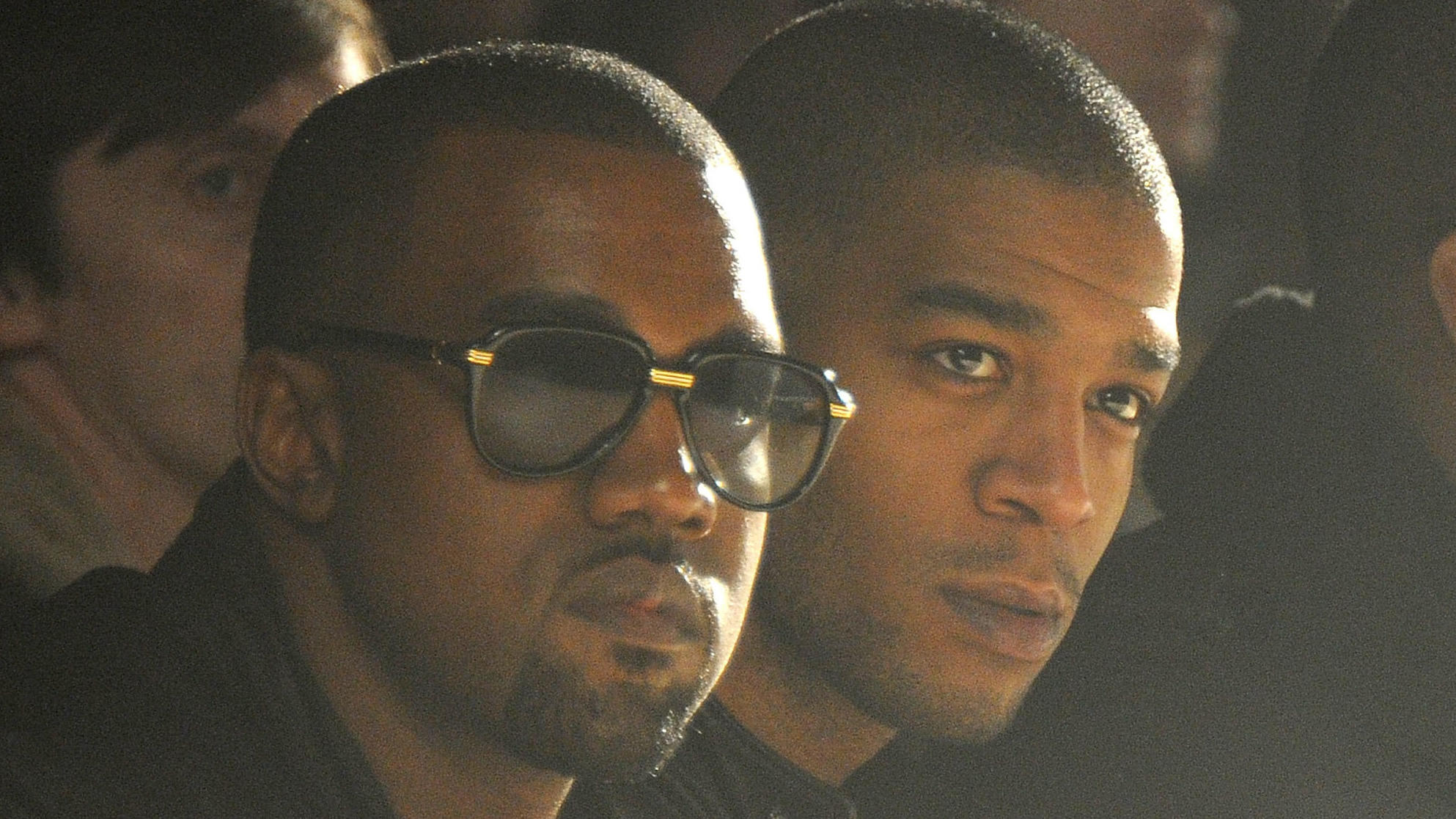
I try to shoot 4K whenever possible.”Īn Easy, but Important Tip: Clean Your Lens Mr. Nachtrieb, “it’s always going to be a compromise between your storage capacity on your phone and the quality resolution you want.

For instance, a five-second video shot at 4K-resolution will be roughly four times the size of the same segment shot in 1080 HD resolution. They also can determine the final file size of the video. Nachtrieb, prefer filming in 24 fps, which mimics the frame rate used in cinema films.Įach of these two settings affects some visual or audio component of your project. Most video is shot at 30 fps or 29.97 fps (in the United States), although 60 fps will show smoother, less jittery video when depicting action. The higher the number, the smoother-looking video you’ll produce. Common settings are 30 fps, 60 fps, and less commonly, 24 fps. Next, check the frame rate, which sets how many individual frames per second (fps) your video records. Two common resolutions are 1080 HD and 4K, which is the larger of the two.
Produced videos movie#
One important setting is video resolution, which refers to how large your movie will be. Start with the right settingsīefore taking video on your phone, set it up properly.
/GettyImages-493617395-572a515f3df78c038e23836d.jpg)
Keep your eyes open for such opportunities. So, good video obviously operates on a very visual level, but it can be driven in nonvisual ways, too. I can’t help thinking of it as an updated version of the intensity and pathos you see in the ancient Greek sculpture, “Dying Gaul.” What transfixes us is primarily the audio, since there’s little action. For nearly two minutes, the camera slowly pans in as the fighter utters his thoughts. It’s an exceptionally quiet moment, where Sylvester Stallone, as Rocky, lies down next to Talia Shire, as Adrian, telling her he can’t beat the champ. In the second sequence, the “I just wanna go the distance” sequence from the movie “Rocky” (2:00 in the video clip), the video subtly elevates an ordinary moment of doubt. You can almost feel the presence of a dark force outside the visual frame. Yet, the monologue, a horror-film soliloquy of sorts, conveys intensity, mystery and a baroque quality. The first, the apology scene from “The Blair Witch Project,” presents a visually awkward composition, in which the subject’s face is dramatically cropped. Two film sequences come to my mind that illustrate this point. Sometimes, a powerful video, though technically flawed, still draws us in by other means. The subject might be funny, or the story simply thrilling, sad, or even chaotic. But that can mean many things: Good on a technical level? Or, perhaps, a clip that’s simply fun to watch? First, let’s explore some of the basic elements that make up good video.Ī video can resonate for reasons other than exquisite technique. What do such improvements in video quality allow you to capture? In theory, a good video. “No one in a million years could tell the difference between our main cameras and the iPhone.” What makes a good video good? Nachtrieb, who might see a stunning sunset, capture it on his phone, and then splice it into a final wedding video. Having a phone right in your pocket is a huge plus,” says Mr. Like many of his peers, Christian Nachtrieb, a Boston-based corporate and wedding photographer, finds phones aren’t just continuing to improve in terms of quality, but they’re also extremely convenient.
Produced videos pro#
Today, there are lots of reasons everyone from pro photographers to amateur shutterbugs are using phones to shoot video projects.


Consider this: The most recent project from the renowned American film director Steven Soderbergh, “Unsane,” was shot entirely on an iPhone. Not long ago, a filmmaker wouldn’t dream of shooting a movie on a phone because the quality was so inferior to what you could capture on pricier devices.


 0 kommentar(er)
0 kommentar(er)
